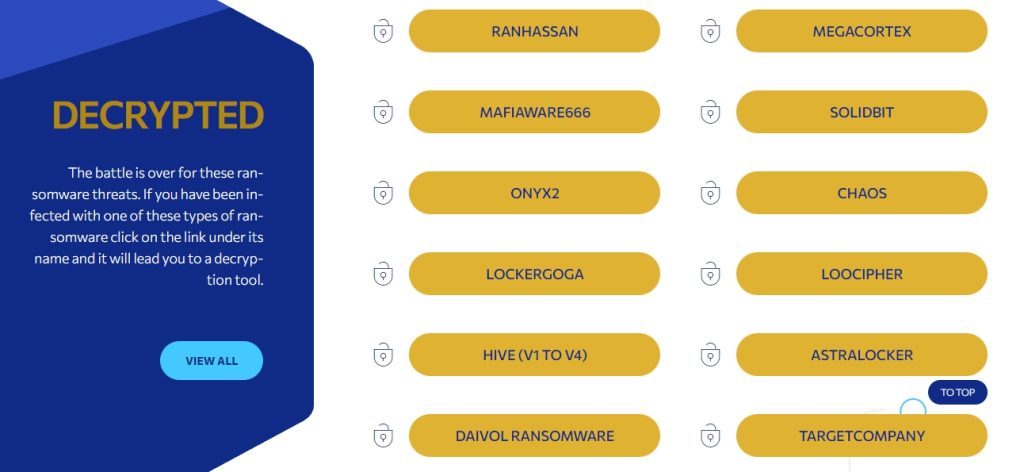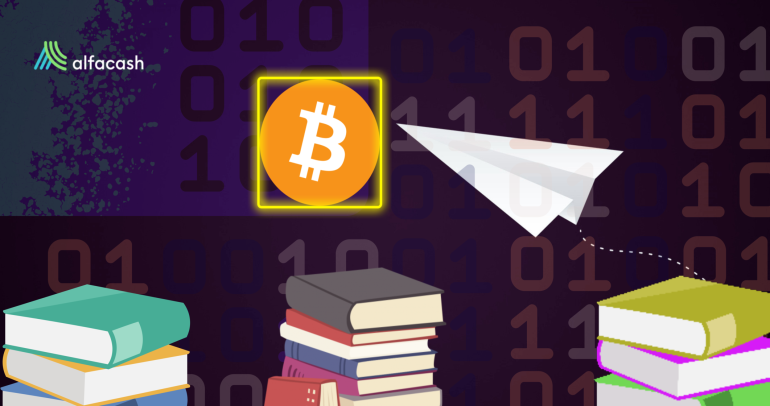Il y a quelques années, ce malware frappait des millions d'appareils personnels dans le monde entier. Une fenêtre contextuelle obscurcissait votre écran, annonçant que tous vos fichiers (et même votre disque dur) avaient été chiffrés. Seul le pirate détenait la clé pour les déchiffrer… en échange d'un paiement en cryptomonnaies, bien sûr. C'est un rançongiciel, et il touche désormais principalement les institutions et les entreprises.
Selon Chainalysis, ces attaques ont amassé $457 millions en 2022. C'est une diminution de 40% par rapport jusqu'en 2021, mais ce n'est guère une bonne nouvelle. Alors que de plus en plus de victimes refusent de payer, les attaques par rançongiciel deviennent plus vicieuses, ciblées et coûteuses. attaque de ransomware coûte désormais plus de 1 million de TP12T1.
Par ailleurs, l'exfiltration de données est désormais courante : si l'entreprise/organisation refuse de payer, les pirates informatiques peuvent publier ou vendre leurs données privées sur le Darknet. Comme indiqué par Brouillard noirEnviron 891 TP11T de toutes les attaques impliquent une exfiltration de données. C'est particulièrement néfaste pour les entreprises, qui peuvent perdre beaucoup d'argent avec leurs secrets.

Jusqu'à présent, les pays les plus touchés semblent être les États-Unis, le Canada et le Royaume-Uni. Dans le même temps, les données sont en grande partie exfiltrées vers la Chine et la Russie. Immuniséfi, environ $70 millions de paiements de rançon ont été effectués en Bitcoin (BTC) en 2022. D'autres crypto-monnaies, comme Ethereum (ETH), Monero (XMR) et plusieurs pièces stables étaient également courantes.
Pour reverser les gains des rançongiciels aux institutions, les pirates utilisent de fausses identités sur des plateformes d'échange centralisées comme Binance ou se tournent vers des plateformes moins connues et sanctionnées, comme Garantex.io. En théorie, les cryptomonnaies comme Bitcoin On peut les tracer, mais cela n'a aucune importance si les plateformes d'échange ne coopèrent pas. Généralement, les pirates informatiques se réfugient dans des pays où les sanctions internationales sont évitées, comme la Corée du Nord, l'Iran et la Russie.
Comment les institutions peuvent se protéger contre les ransomwares
Il est toujours important de conserver les mesures de sécurité de base : plateforme antivirus, sauvegardes de données, sites Web officiels et mots de passe fortsEn outre, des entreprises comme Immunefi ont formulé des recommandations supplémentaires.
- Préparez un plan de récupération de données (et un budget) à l'avance. Outre les sauvegardes, d'autres compagnies proposent également une assurance cybersécurité pour ces cas.
- Il est déconseillé de payer la rançon. Les cybercriminels pourraient ne pas tenir parole et vendre les données malgré tout. Un hacker white hat peut être d'une grande aide, tout comme des sites comme Plus de rançon —où un groupe d’experts publie des outils de décryptage pour de nombreuses variantes de ransomwares.

- Offrir une formation en cybersécurité à tous les employés. Les gens sont toujours le maillon faible de la chaîne. Ils peuvent facilement être trompés par courrier. ou téléphone, lorsqu'il n'est pas formé.
- Outre l'antivirus, d'autres systèmes de sécurité peuvent également s'avérer utiles. Parmi eux, on peut citer les anti-logiciels espions, les anti-rançongiciels, les anti-hameçonnage, les systèmes de détection et de prévention des intrusions (IDPS) et les pare-feu.
Les administrations publiques, les écoles, les hôpitaux et toutes sortes de marques sont ciblés par ce logiciel malveillant dans le monde entier. Il est crucial d'agir dès maintenant.
Vous souhaitez échanger des BTC, des ETH et d'autres jetons ? C'est possible. sans encombre sur Alfacash! Et n'oubliez pas que nous parlons de cela et de bien d'autres choses sur nos réseaux sociaux.
Télégramme * Facebook * Instagram * Youtube *Twitter








